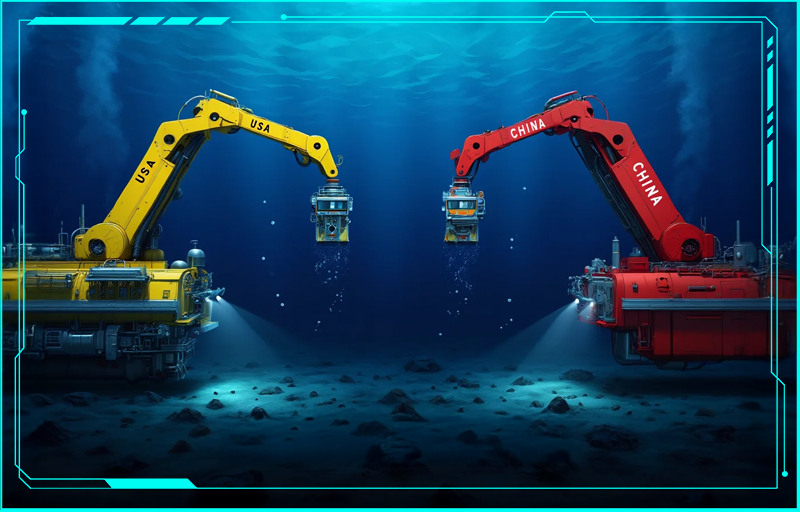Wall Street isn’t watching the surface anymore. The real action’s miles beneath it—on the ocean floor, where polymetallic nodules stuffed with defense-critical metals like silver, cobalt, and nickel are the new oil. The U.S. just lit the fuse on an offshore resource war, and the Pentagon is already licking its lips.
Defense contractors see dollar signs. Naval strategists see leverage. And Congress? They're busy drafting incentives to outpace China in this underwater scramble.
Trump’s Deep-Sea Power Play: Executive Order 2025
In April 2025, former President Donald Trump signed an executive order fast-tracking deep-sea mining across U.S. and international waters. The purpose? Cut China’s dominance in critical minerals off at the knees.


"There is zero chance this will not happen." —Gerard Barron, CEO, The Metals Company (TMC)
This isn't about wind turbines and Teslas. This is about next-gen missile systems, hypersonic drones, and military-grade reindustrialization. And Washington’s betting it all on potato-sized rocks buried two miles below the Pacific.
The executive order didn’t just authorize exploration. It unlocked federal R&D funding for deep-sea robotics, slashed regulatory timelines for seabed tech startups, and ordered U.S. naval agencies to begin mapping unclaimed undersea regions in the Pacific and beyond.

What’s at the Bottom of All This?
These aren't green-tech extras—they’re the bloodstream of every major weapons program. The same silver used in guided missile sensors is also driving demand in quantum computing, satellite relays, and battlefield communication systems.
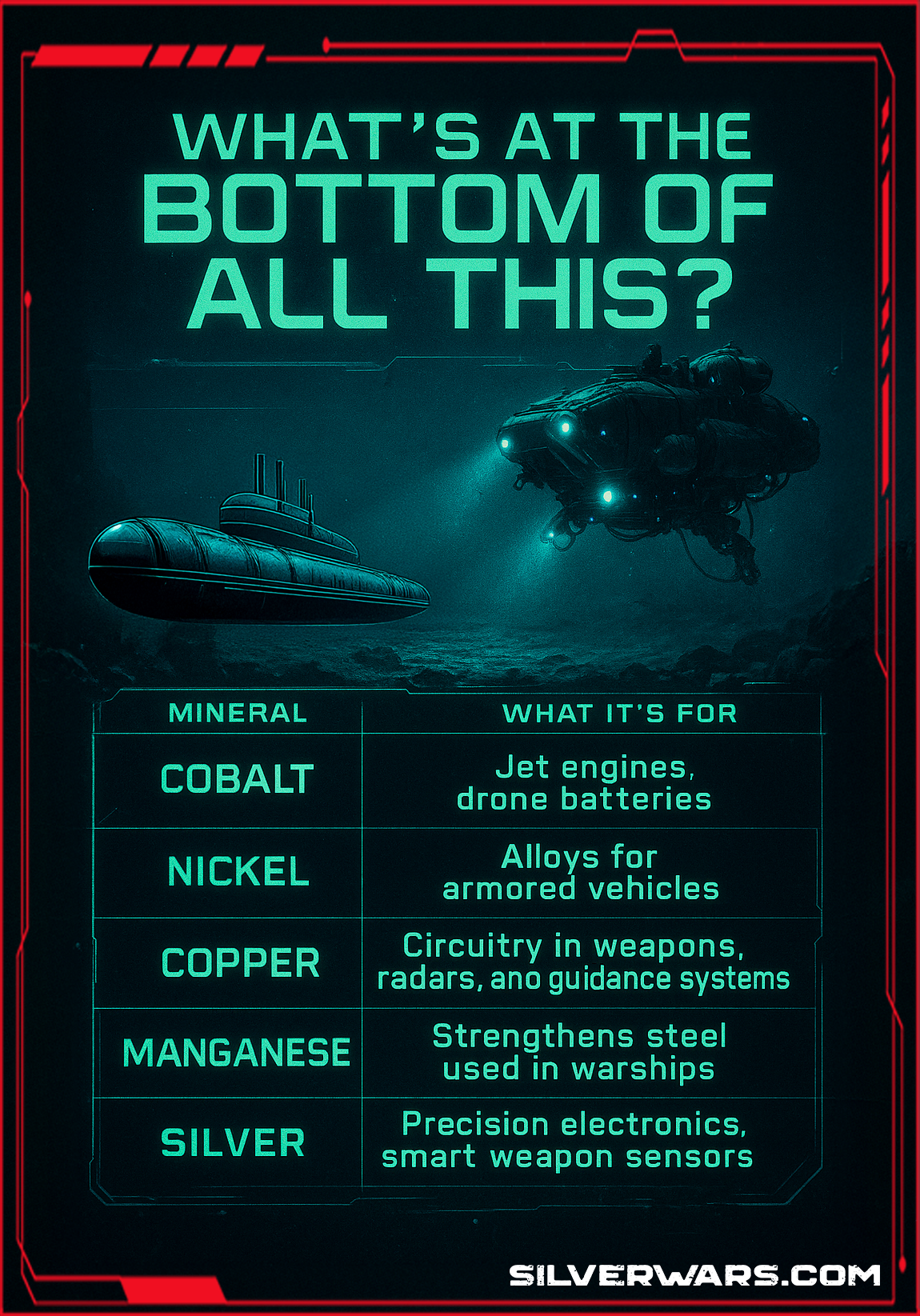
Beijing Isn’t Happy—and That’s the Point
China’s Foreign Ministry slammed the order, calling it illegal. The real issue? The U.S. just declared open competition for mineral supremacy in waters China thought it had locked up.
China holds seabed mining contracts across the Indian Ocean and Pacific, but America’s move under the Deep Seabed Hard Mineral Resources Act (DSHMRA) skips the U.N. altogether. It’s a power grab—and a warning.
The seabed isn’t neutral anymore. It’s battleground real estate.
This sends a message: the U.S. is done playing nice when it comes to resources that feed the military machine. Deep-sea mineral zones are now treated like contested airspace.
Environment vs National Security? You Already Know Who’s Winning
Let’s cut the PR. Environmental groups are calling for a moratorium, but the Pentagon and Congress see only one thing: risk-adjusted access to critical war-fueling metals.
- Land-based reserves are locked in geopolitics.
- New refineries take over a decade to permit.
- Demand is surging across defense and high-tech sectors.
NOAA, traditionally an ocean conservation body, now calls seabed mining “a matter of national interest.” The gloves are off.
“We’re in a desperate situation.” —Michael Lodge, Secretary General, ISA
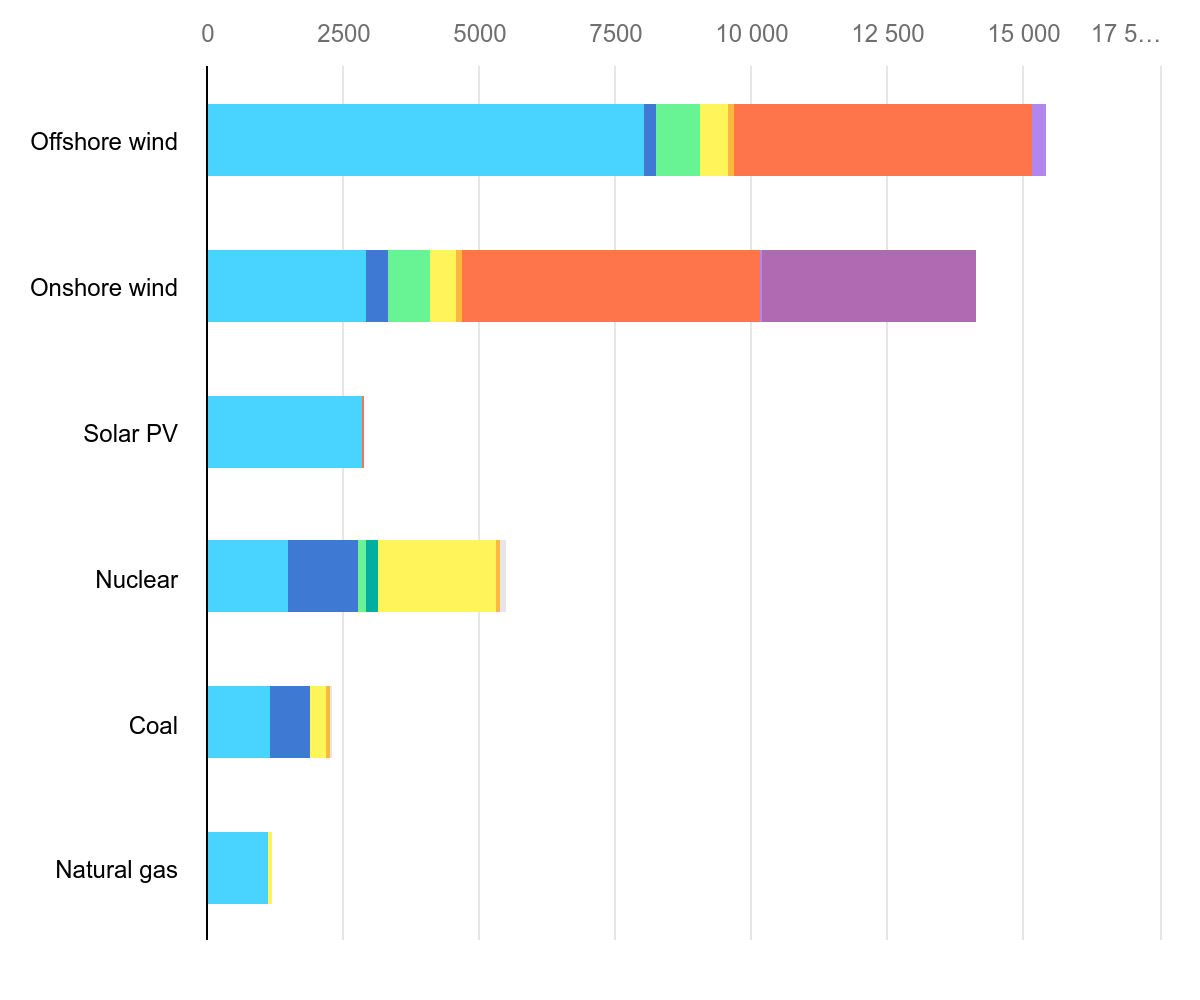
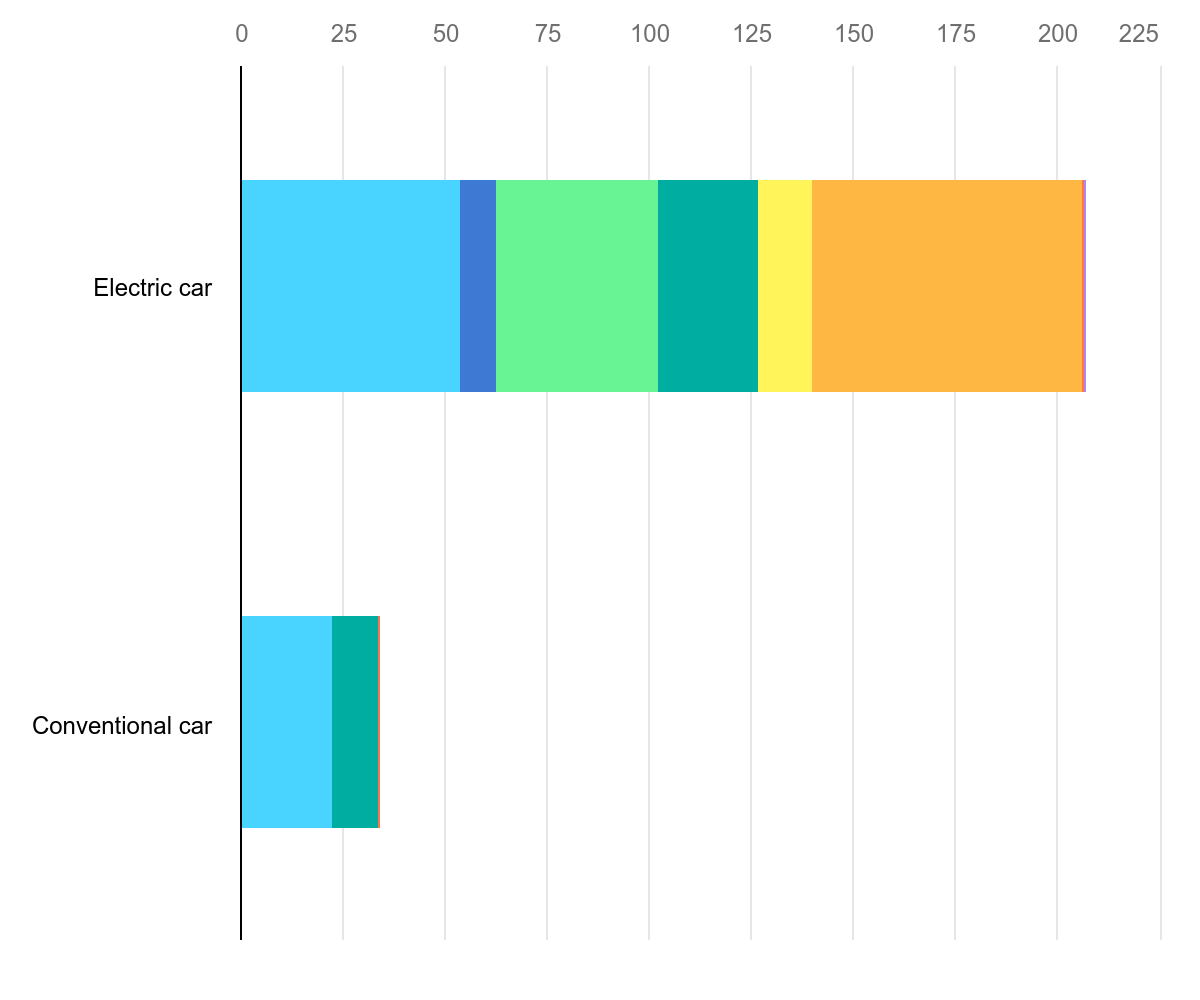
To put it bluntly, if the U.S. doesn’t mine it, China will. And China already refines over 85% of the world’s rare earths. The West is running out of time to play catch-up.

The ISA vs. America: A Bureaucratic Showdown
The International Seabed Authority (ISA) says only it can regulate mining in international waters. But Trump’s order greenlit unilateral licensing through U.S. agencies. It’s a legal minefield—but it’s also an aggressive geopolitical maneuver.
The U.S. is effectively daring the ISA to stop it. And so far, there’s little the UN body can do beyond issuing press releases.
Deep-Sea Permit Face-Off
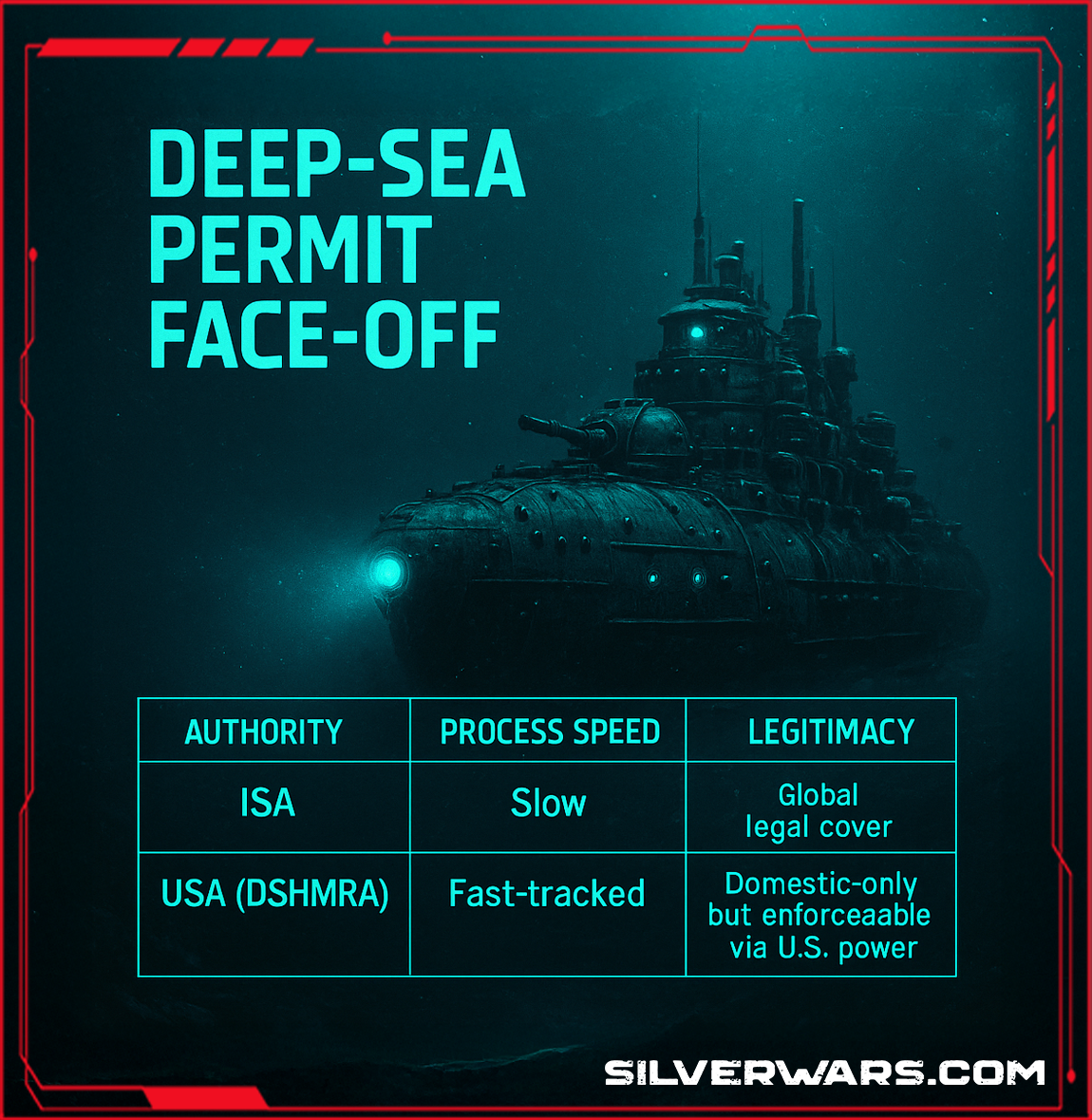
Silver in the Spotlight
This isn’t just a cobalt-and-nickel story. Silver’s baked into every sensor array, radar dome, and drone avionics package the DoD can dream up. And it shows up in trace—but crucial—amounts in deep-sea nodules.
- Conductive paste for electronics
- Infrared sensors
- Weaponized satellite systems
- Laser targeting optics


Global silver inventories are thinning, industrial demand is up double-digits, and new mines are becoming harder to open. Deep-sea recovery—even at 20 grams per ton—starts to look like a real answer to an impending supply crisis.

What Trump’s Order Actually Targets
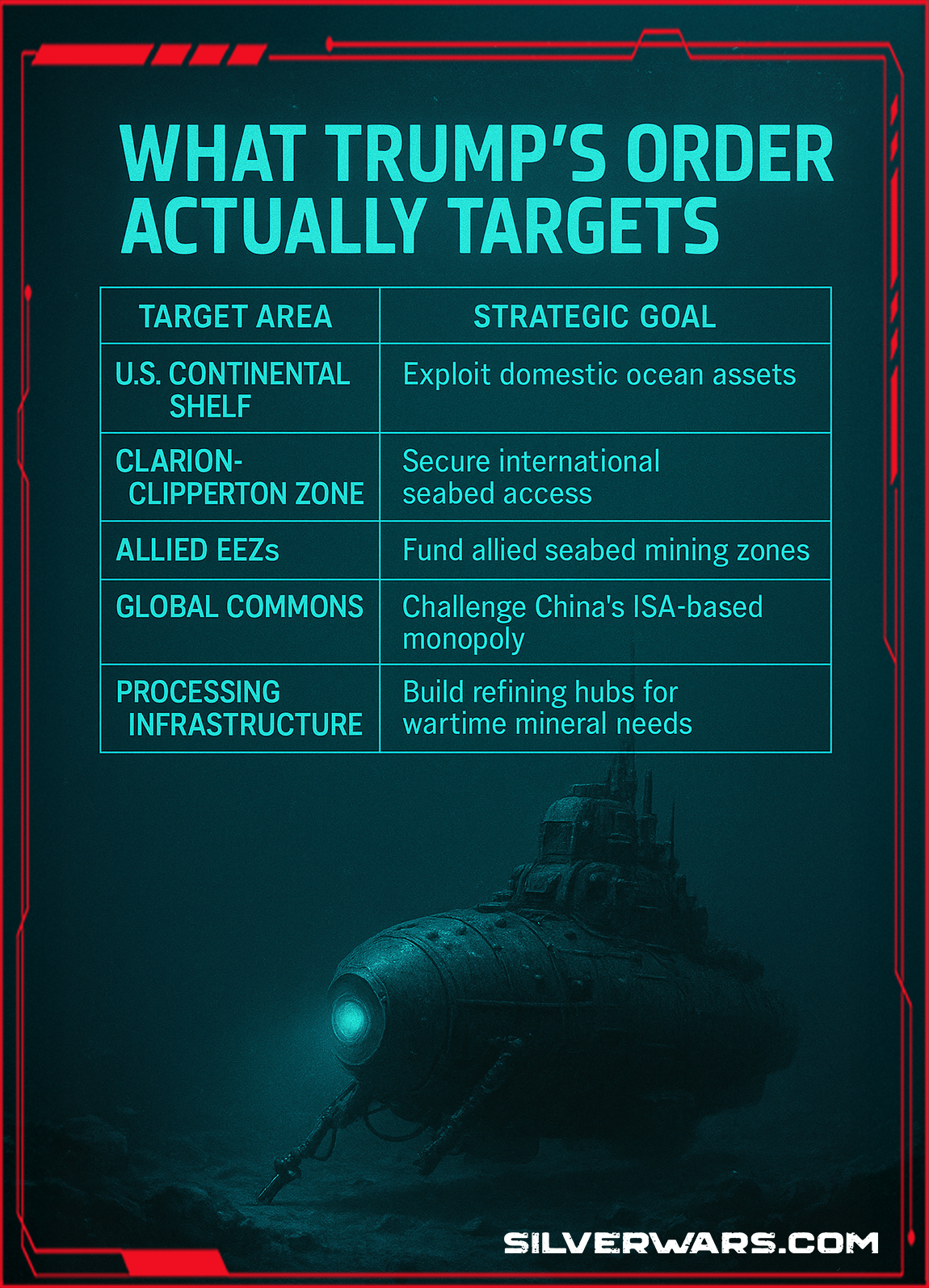
It’s less about cooperation and more about pre-positioning resource control. The U.S. Navy isn’t just mapping sea routes—it’s mapping metal opportunities.
The Broader Defense Implications
You can’t build the next wave of autonomous fighter drones, hypersonic missiles, and AI-powered surveillance networks without metals. Every Pentagon wish list item is stacked with critical mineral dependencies.
This deep-sea push isn’t a side quest—it’s central. And the nation that controls seabed access gets to write the rules of 21st-century warfare.

The same applies to chip production, EV supply chains, and quantum defense systems. The seabed is the new rare earth frontier, and whoever gets there first sets the tempo for everyone else.
Final Take: Deep-Sea Mining Is the New Cold War Theater
This is about hardware, not habitat. The U.S. wants to reboot its industrial core and field a next-gen military, and that takes metals nobody can ethically source on land. China’s ahead in refining. The U.S. just cut the line on mining.
It’s a resource arms race—and it’s happening 2.5 miles below the surface.
Silver is quietly fueling it all.

